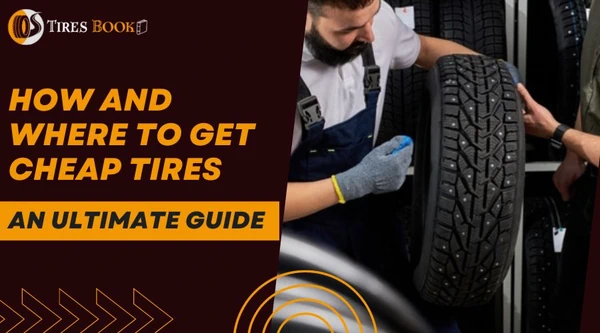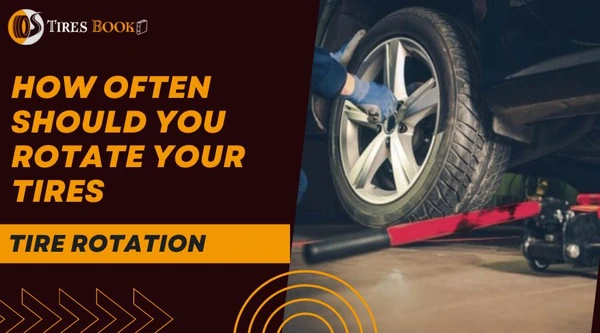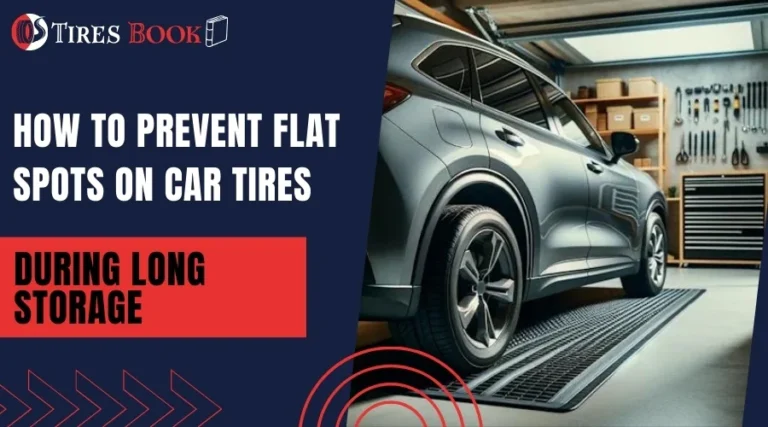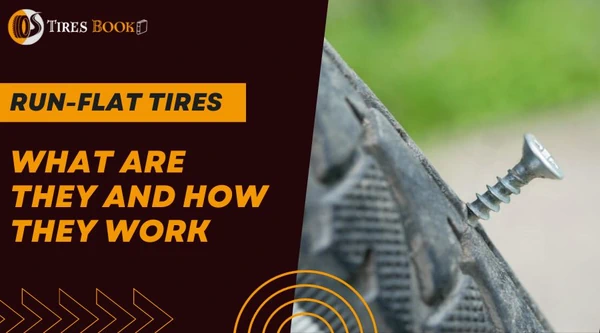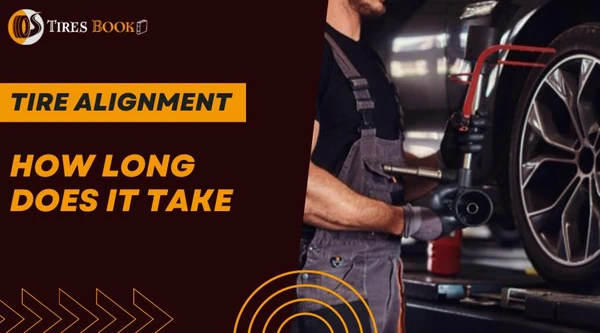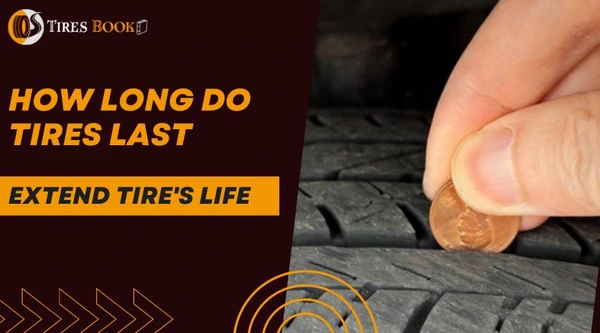Key Points
- You can use a pressure gauge to check the tire pressure. A Digital pressure gauge is more accurate than a pen gauge.
- It is recommended to check the tire pressure once a month.
- Low or high tire pressure affects the handling of your vehicle and results in faster wear and tear of the tire. It also affects the fuel economy of your vehicle.
How to check tire pressure, you ask? As tire experts, we are here to share our knowledge with you, so you can always ride safely and smoothly. Though it seems like a small job, checking tire pressure is really important. Proper tire pressure ensures a smooth ride, better gas mileage, and helps prevent accidents.
By following this easy how-to guide, you’ll learn the right way to check your tire pressure.
Table of Contents
Why It Is Important To Check the Tire Pressure Regularly
Checking the tire pressure is absolutely crucial for several reasons. Many people neglect to check their tire pressure regularly, and this can lead to overinflated or underinflated tires, ultimately affecting the vehicle’s performance.
Let’s take a closer look at why it’s so important:
- Safety: Properly inflated tires ensure better vehicle handling and stability, reducing the risk of accidents. Underinflated or overinflated tires may cause loss of traction, especially during emergency maneuvers or severe weather conditions. In situations involving high speeds such as driving on the highway, this loss of traction could force you off the road.
- Fuel efficiency: Maintaining the recommended tire pressure helps improve fuel efficiency. When tires are underinflated, they create more rolling resistance. This means your engine has to work harder, consuming more fuel in the process.
- Tire life: Correct tire pressure prolongs the lifespan of your tires by ensuring even wear across the tread. Both underinflated and overinflated tires can cause uneven wear, leading to premature tire replacement and added expenses.
- Comfortable ride: Tires with the right amount of air pressure provide a smoother and more comfortable ride. They’re better equipped to absorb road irregularities and minimize vibrations.
- Environmental impact: Proper tire pressure helps reduce CO2 emissions by improving fuel efficiency, making it an environmentally responsible practice. A study on the effect of tire pressure on CO2 emissions and power losses found that low inflation pressure can increase rolling resistance and power losses which ultimately increase CO2 emissions.
Pro Tip: It is recommended to check the tire pressure once in a month.
Where To Find the Recommended Pressure for Your Tires
Finding the recommended pressure for your tires is a key step in ensuring they’re properly inflated. Here are a few ways to locate the ideal tire pressure for your vehicle:
i. Owner’s Manual: Your vehicle’s owner’s manual is a treasure trove of useful information, including the recommended tire pressure. Be sure to consult it for specific details tailored to your car’s make and model.
ii. Driver’s side door sticker: Open the driver’s side door and take a peek at the edge – there’s usually a sticker or a placard there. This sticker provides essential information, such as tire size and the recommended pressure for both front and rear tires.
iii. Fuel tank door: Some cars have placards inside the fuel tank door.
iv. Glove box: You can also find the placard placed on the glovebox door.
The three placards, located on the driver’s side door, fuel tank door, and glove box, may show different tire pressures. This is due to varying recommendations for different driving conditions, load capacities, or tire types.
Normally, the placard on the fuel tank door tells you the recommended tire pressure that you need to follow for normal load and speed. For maximum load and high-speed rides, you may need to follow the tire pressure recommendations on the driver-side door sticker. In some vehicles, the
Caution: You may also see on the side of the tire about the tire pressure. This is actually the maximum tire pressure, not the recommended tire pressure. You should never fill the tire to this pressure. Most people misinterpret the tire pressure written on the tire as a recommended pressure. The recommended pressure is much lower than the maximum pressure. You should always inflate the tire according to the recommended one.
Tools Needed To Check the Tire Pressure
To accurately check your tire pressure and adjust it as needed, you’ll require a few essential tools. Here’s a list of the items you’ll need:
i. Tire Pressure Gauge: Tire pressure gauges come in various types, such as digital, dial, and stick gauges. Choose one that you find easy to use and read. Digital gauges are more accurate and recommended.
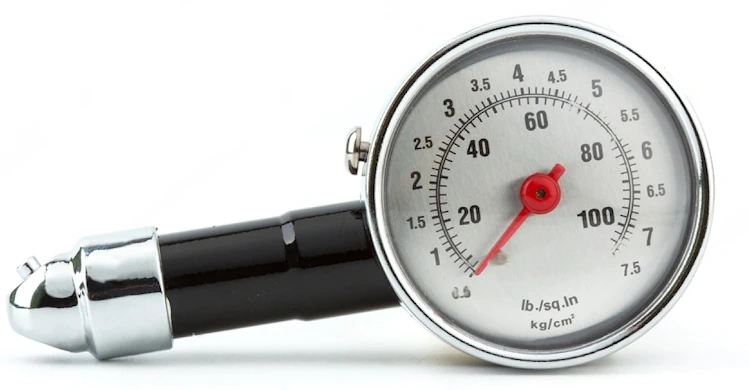
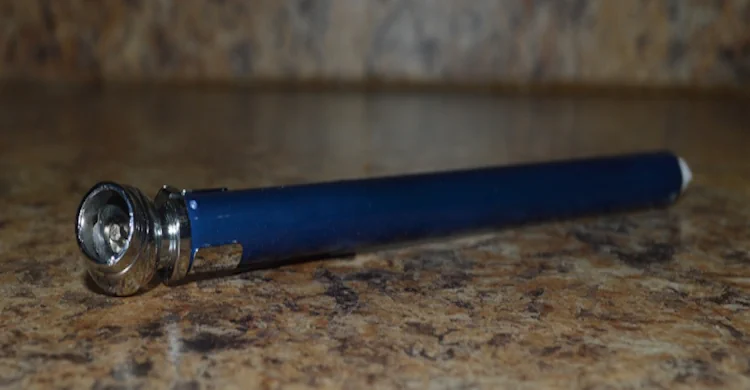
ii. Air Compressor: Air compressors are available at many gas stations, but you can also invest in a portable one for added convenience.
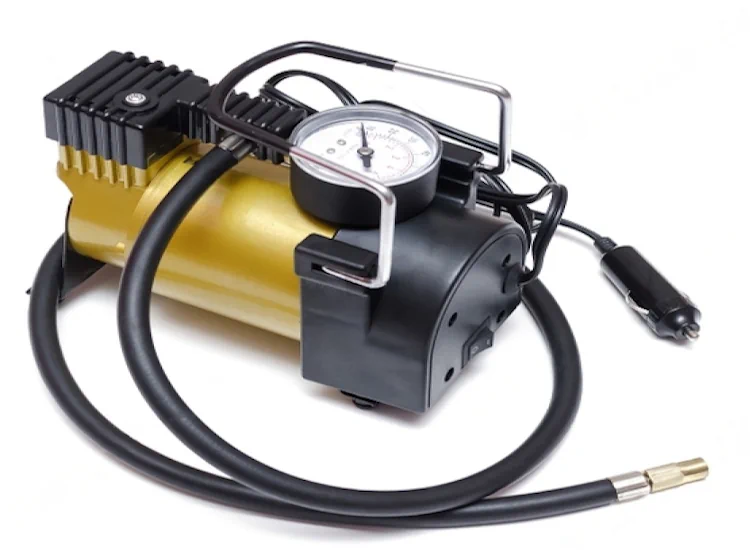
iii. Pen and Paper: Keeping a pen and paper handy allows you to note down the current tire pressure readings for all your tires, making it easier to monitor and adjust them as necessary.
Pro Tip: Modern vehicles have tire pressure monitoring systems. Some of them use a sensor in the tires and some of them use the ABS system to tell that the tire is going low. They show the tire pressure on the dashboard from where you can monitor your tire pressure in real-time.
Now It’s Time To Check the Tire Pressure
- Park your vehicle: Park your vehicle on a level surface and wait for the tires to cool down, ideally for at least 30 minutes. Checking tire pressure when they’re hot can lead to inaccurate readings.
- Remove the valve cap: Locate the valve stem on the tire, and unscrew the valve cap.
- Attach the tire pressure gauge: Press the tire pressure gauge onto the valve stem, ensuring a tight seal. The gauge will then display the current tire pressure.
- Record the readings: Use your pen and paper to note down the pressure reading for each tire. Determine if your tires are underinflated or overinflated by comparing the recorded readings to the recommended tire pressure.
Pro Tip: A 10-degree change in temperature in either direction (increase or decrease) can change your tire pressure from 1 to 2 PSI.
How To Fill Air in Your Tires
After checking the tire pressure, if you find that it is below the recommended pressure, then follow the standard steps below to inflate your tires:
- Locate an air compressor: Find a nearby gas station with an air compressor or use a portable air compressor if you have one.
- Park close to the compressor: Position your vehicle so that the air hose can easily reach all four tires. Ensure the air compressor is turned on and functioning properly.
- Unscrew the valve cap: Locate the valve stem on the tire, and unscrew the valve cap.
- Attach the air hose: Connect the air hose nozzle to the valve stem, ensuring a tight seal, and press it to fill the air. For some compressors, you may need to pull down a lever.
- Inflate the tire: Begin filling air into the tire while monitoring the tire pressure on the gauge that is attached to the compressor.
- Repeat for all tires: Fill air in each tire, following the same process and always ensuring you reach the recommended pressure.
- Screw the valve caps: Once you’ve achieved the recommended tire pressure, securely screw the valve caps back onto the valve stems.
What Type of Air To Fill
Regular air or Nitrogen? This is a question many car owners ask. If you fill your car tires with nitrogen, the loss of pressure will be lower compared to regular air as nitrogen molecules are larger than air molecules. But it is also quite expensive and not easily available.
Before choosing between the two, read the pros and cons of using nitrogen in tires. If you ask me, I will go for regular air since it is easily available. Additionally, there isn’t much significant difference between nitrogen and air.
If you want to get more details on using nitrogen in tires, this study on the effect of using nitrogen in tires on vibration and fuel consumption will provide some new insights.
Pro Tip: During winter, the air contracts and tire pressure decreases, requiring you to add slightly more air in order to maintain the recommended pressure level. In summer, the air expands and the pressure increases in your tires. Therefore, you should inflate the tires slightly below the recommended level.
How To Remove Excess Air From Tires
If you accidentally overinflate your tire, press the small pin on the back of the gauge or the air hose nozzle into the center of the tire valve stem. This will release air until you reach the recommended pressure.
Some modern air pumps offer the option to deflate over-inflated tires by simply setting the desired pressure. The pump then removes excess air to achieve the set pressure.
Pro Tip: After inflating your tires, don’t forget to check the tire pressure in your spare tire. It’s a frustrating situation to experience a flat tire and then realize your backup tire is flat as well. Always inflate your spare tire to the maximum pressure as mentioned on the tire sidewall.
How To Check the Tire Pressure Without Gauge
Using a tire pressure gauge is the most accurate way to check tire pressure. However, there are a few alternative methods you can use in a pinch. Remember that these methods should only be used as a temporary solution when a tire pressure gauge is unavailable.
Visual Inspection
Look for obvious signs of underinflation, such as a tire appearing low or bulging sidewalls. Another indicator is an uneven contact patch with the ground.
Hand Test
Press your hand against the tire, feeling for any softness or lack of resistance that could indicate low pressure.
Bounce Test
Push down on the vehicle’s bumper or fender near the tire to make the vehicle bounce. If the tire feels too soft during the bounce or the vehicle’s suspension feels too bouncy, the tire pressure may be low.
Ride Test
Drive the vehicle at low speeds and pay attention to the ride quality. If the vehicle feels more sluggish, less responsive, or has increased vibration, the tires could be underinflated.
Load Test
Put some load on either side of the vehicle and see if the tire is weighed down. The load will obviously weigh down the low-pressure tire of your vehicle.
Comparison Test
Compare the appearance and feel of the tire in question to the other tires on the vehicle. If there is a noticeable difference in firmness or shape, the tire pressure may be off.
Pulling Over
If you notice your car is pulling in any direction, it means an underinflated tire is present. The car will pull towards the side with the underinflated tire.
Conclusion: Proper Tire Pressure for Your Safely
Understanding and implementing proper tire pressure maintenance can significantly impact your vehicle’s safety, performance, and fuel efficiency. By diligently following the above guidelines, you will not only achieve optimal tire performance but also extend their lifespan. This will ultimately save money and enhance your driving experience.

